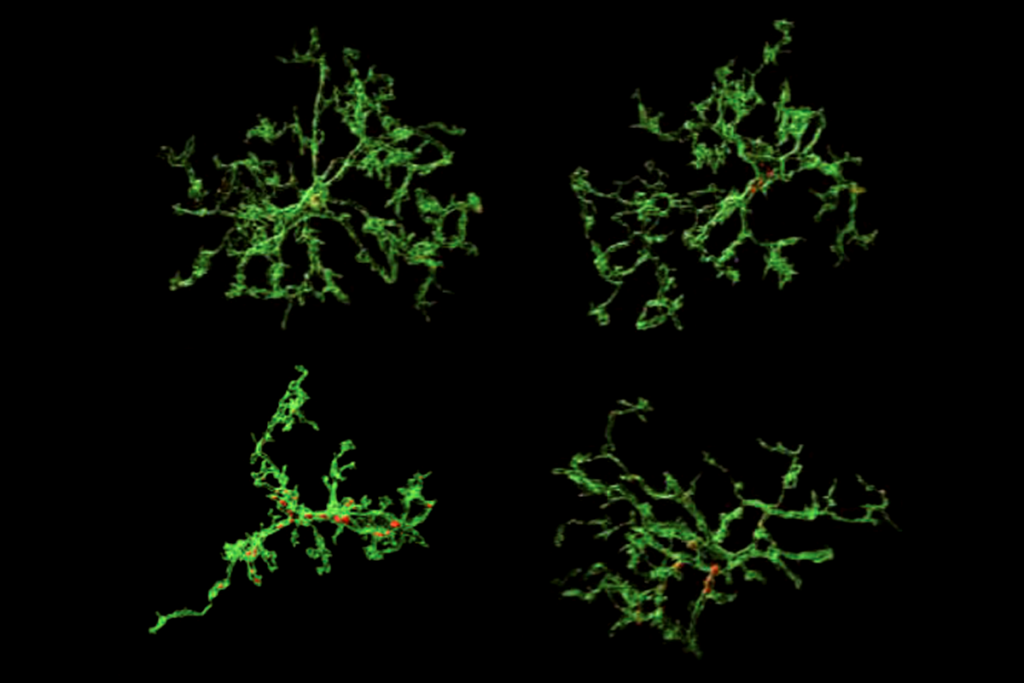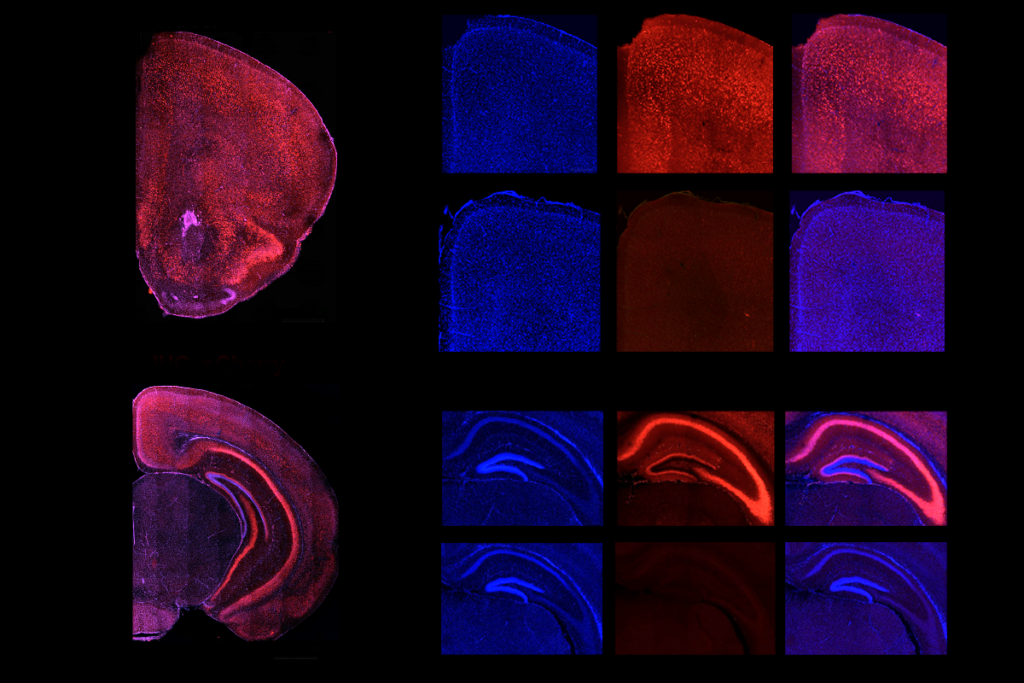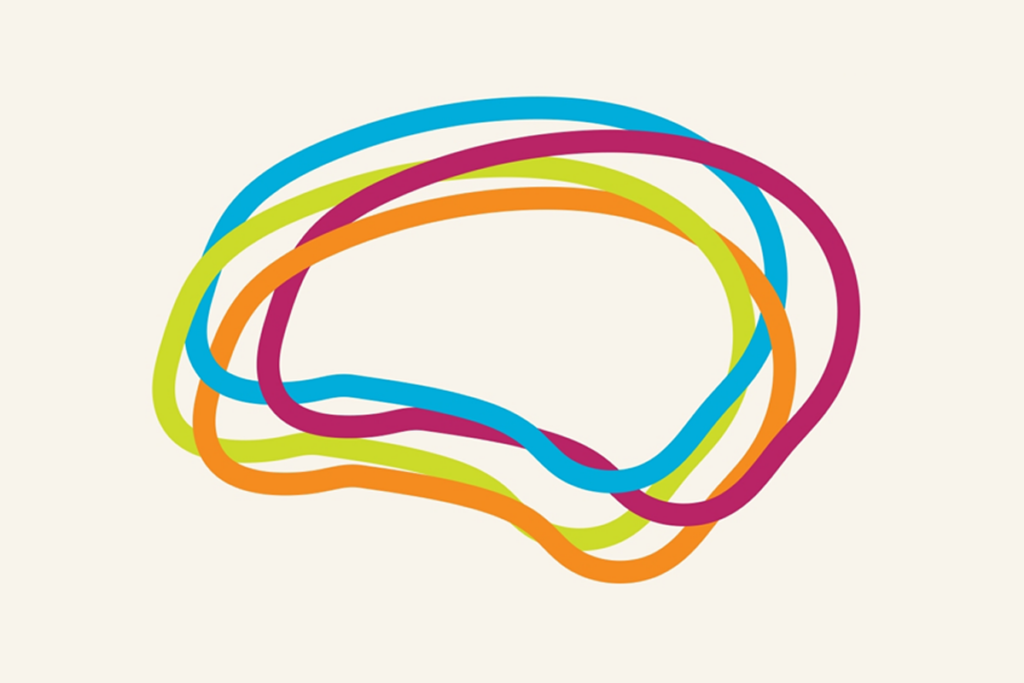Parents tap alternative therapies to quell autism symptoms
Nearly 9 out of 10 parents of children with autism turn to unproven, and possibly risky, therapies.
Nearly 9 out of 10 parents of children with autism have tried unproven alternative treatments, such as acupuncture, fish oil or special diets, to help their children overcome symptoms. This practice is most common among highly educated parents and those with children under 4 years of age.
The findings, published 1 September in Research in Autism Spectrum Disorders, stem from an online survey of families in Northern California and Georgia enrolled in Kaiser Permanente, a managed healthcare provider1. Many of these families feel that the conventional options available to them are not meeting their needs, says lead researcher Ashli Owen-Smith, assistant professor of health management and policy at Georgia State University in Atlanta.
“It speaks to how little we know about autism in terms of care, and the desperation that many parents feel to just try everything they can,” says Owen-Smith, who has talked to many parents. “It was just so mind-blowing how busy they were and how many things they were trying.”
Owen-Smith and her colleagues sent the 231-question survey to the parents of more than 9,000 children with autism. Of 1,084 parents who completed the survey, 746 — roughly 69 percent — said they had turned to alternative therapies for their child’s autism within the past three months. Another 19 percent reported having used these treatments at some point.
Hidden risks:
Nearly 80 percent of parents have tried dietary supplements, such as probiotics — live bacteria thought to promote a healthy digestive tract — magnesium or evening primrose. Unlike drugs, which the U.S. Food and Drug Administration monitors for quality, dietary supplements can vary in their purity. They can also interact with other medications.
This may be of particular concern, as children who take prescription drugs were more than twice as likely to use some form of alternative therapy as children who do not take medication. “It is essential that medical providers maintain an open dialogue with parents about all the potential therapies they are considering,” says Matthew Siegel, clinical investigator at the Maine Medical Research Center Institute in Scarborough, who was not involved in the study.
For instance, 100 parents in the study reported giving their children zinc supplements. These may contain cadmium, which can lead to kidney failure. Another 15 parents used Chinese herbs, which may contain undisclosed ingredients that interact with prescription drugs.
Siegel notes that complementary and alternative therapies can also be expensive, diverting “precious parental resources away from evidence-based psychosocial and medical treatments” for autism.
The survey findings highlight the need for more research on the risks and benefits of complementary and alternative therapies.
“Taking melatonin, taking vitamin D, taking gingko may be fine, but we just don’t know,” Owen-Smith says. “The scientific evidence around some of these products is far behind our research on medications.”
The survey also asked parents whether they think the alternative therapies are effective. Whereas more than three-quarters of the 295 parents trying melatonin feel it is helpful, less than half of those trying fish oil or omega-3 supplements have the same sentiment. Still, they have continued to use them.
“What’s motivating their use, and why do they continue?” says Lisa Croen, director of the Autism Research Program at Kaiser Permanente, another researcher on the study. She says she would like to do a follow-up study to answer these questions. “Is there peer pressure to try these things because there are not many other therapies out there?”
Croen also hopes to access Kaiser’s detailed medical records for the individuals who participated in the survey. These data may reveal whether children with certain characteristics, or those who take particular medications, might be more likely than others to use alternative therapies.
References:
- Owen-Smith A.A. et al. Res. Autism Spectr. Disord. 17, 40-51 (2015) PubMed
Recommended reading

Constellation of studies charts brain development, offers ‘dramatic revision’

Functional connectivity links with autism, not ADHD; and more

Ramping up cortical activity in early life sparks autism-like behaviors in mice
Explore more from The Transmitter

‘How to Change a Memory: One Neuroscientist’s Quest to Alter the Past,’ an excerpt
